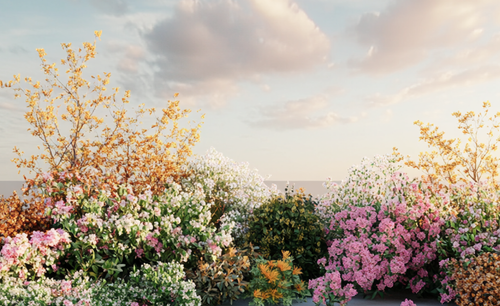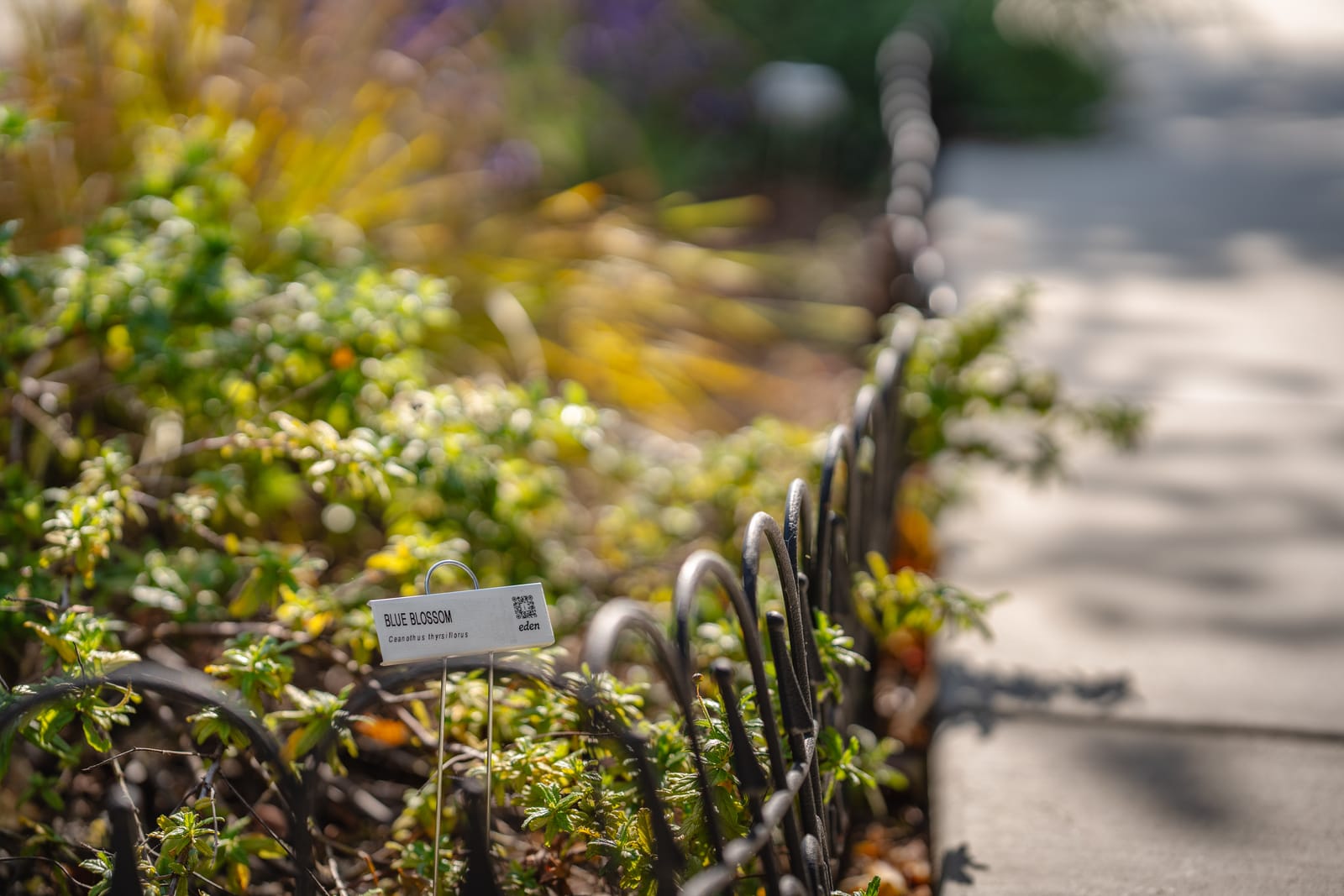Creating a beautiful garden in the San Francisco Bay Area starts with a solid understanding of what your project might cost. Whether you’re dreaming of a lush backyard retreat, upgrading your front yard for curb appeal, or transforming a sidewalk into a thriving pocket garden, understanding how landscape estimates are built will help you budget confidently and communicate better with professionals.
This guide breaks down the estimating process, key factors that influence price, a realistic project scenario, and ongoing maintenance costs—all tailored to garden-focused residential work in the Bay Area.
How Landscaping Estimates Are Created
1. Initial Site Visit & Consultation Most projects start with an on-site visit where the landscape contractor discusses your goals, assesses your property, and takes initial measurements. This step helps flag any potential issues (e.g. drainage, access) early.
2. Design Planning If you don’t already have a design, your contractor or a landscape designer will develop one. This typically costs $5,000–$8,000 for a front and backyard in the Bay Area. A well-detailed plan ensures accurate cost estimates and smooth project execution.
3. Materials Takeoff A materials takeoff is essentially a shopping list: how many plants, cubic yards of mulch, feet of irrigation tubing, etc. Costs are based on current local pricing from suppliers and nurseries.
4. Labor & Equipment Assessment Labor is typically 70–80% of your total project cost in the Bay Area. Crews are assigned based on task (planting, masonry, irrigation), and equipment rental is factored in (e.g., loaders, compactors).
5. Subcontractors Specialty work like electrical or carpentry might be outsourced. Those quotes are folded into your estimate.
6. Overhead & Profit Expect a 10–20% markup on top of direct costs to cover contractor overhead and profit. This is standard and necessary for sustainable business operations.
7. Final Estimate Review Clients review the detailed proposal and may make adjustments based on budget or priorities.
Key Factors That Influence Landscape Costs
- Materials: Native plants, mulch, decomposed granite (DG), lighting kits, irrigation supplies
- Labor: Skilled work is expensive; expect $50–$100/hr for a two-person crew
- Design Complexity: More zones, custom features, or elevation changes = higher cost
- Site Conditions: Poor access, steep slopes, or clay-heavy soil adds labor and equipment time
- Permits: For example, San Francisco sidewalk garden permits cost $160–$215 source
- Overhead & Contingency: Insurance, disposal fees, office staff, etc. built into markup
Sample Project: Garden-Focused Renovation in the Bay Area
Scope:
- Backyard (1,000 sq. ft.): Native plant beds, DG path with flagstone steppers, drip irrigation, LED lighting, 2 raised beds
- Front Yard (300 sq. ft.): Curb appeal planting + pathway lights
- Sidewalk Garden (50 sq. ft.): Per city guidelines, with permit
Estimated Costs:
- Plants & soil amendments: $4,000
- DG path & flagstones: $2,000
- Irrigation materials: $1,500
- Lighting kit: $1,500
- Raised bed materials: $800
- Labor (clearing, planting, irrigation, lighting): $10,500
- Equipment & disposal: $1,800
- Permit (sidewalk garden): $200
- Design fee: $5,000
- Overhead & Profit (20%): ~$2,700
Total Estimate: ~$37,700 (Approx. $30–35/sq. ft.)
Ongoing Maintenance Costs
- Biweekly gardener service: $120–$150/month
- Water use: Higher in the first year, then drops with drought-tolerant plants
- Seasonal pruning/mulch/plant refresh: ~$500–$1,000/year
- Irrigation tuning: As needed with seasons
Why Costs Vary
- Soil surprises (rock, poor drainage)
- Access issues (tight lots, hillsides)
- Material upgrades (stone vs. DG)
- Scope creep (mid-project changes)
- Timing (peak season = higher demand)
Final Tips for Homeowners
- Get multiple bids
- Ask for detailed breakdowns
- Budget 5–10% for contingencies
- Focus on long-term maintenance as part of your investment
With a clearer view of how estimates are built and what costs to expect, you're better equipped to plan your dream garden—and partner with the right professionals to bring it to life.
Sources:
- RSMeans City Cost Index (2024)
- SF Public Works - Sidewalk Landscaping Permit
- Local contractor data via Houzz Pro, Angi, and Bay Area estimates
- Landscape Architecture: A Manual of Site Planning and Design by John O. Simonds
- Gardens Are for People by Thomas D. Church






